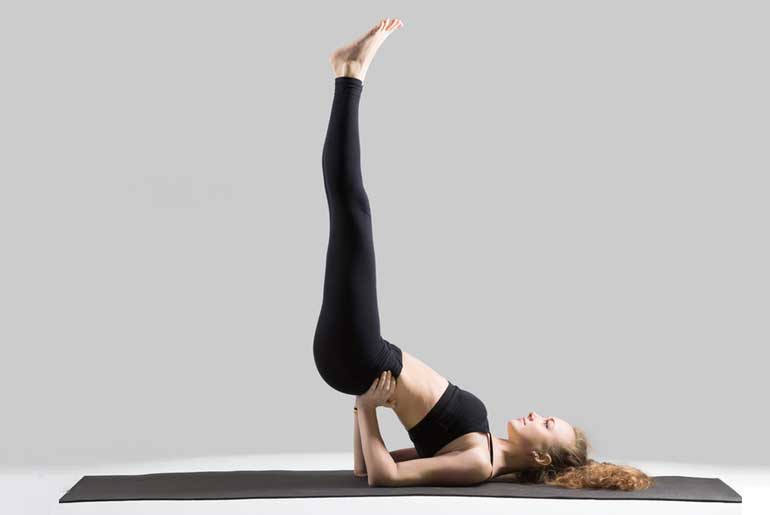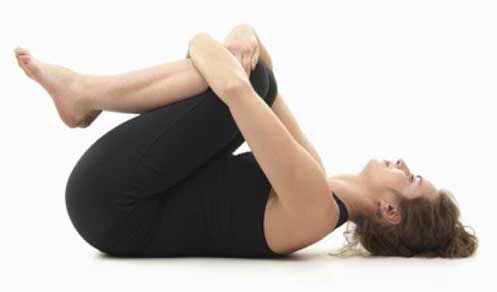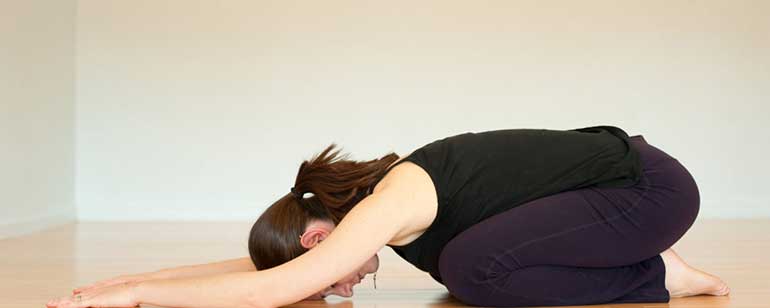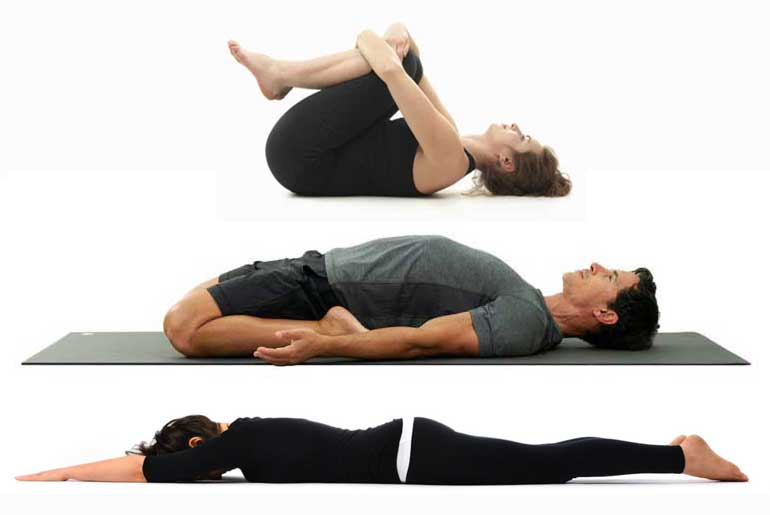You are lucky if you are not aware of what bloating feels. While often there is no adverse underlying cause of bloating as it’s uncomfortable, it can be very painful, and some people face it regularly.
Bloating is gas, causing a feeling of distention or swelling in the stomach, and it is thought to be abnormal responses to normal gas production are frequently the case.
Some of the time, gas doesn’t go through the gut as it regularly would, causing gain. Numerous individuals who experience swelling or bloating are believed to be easily affected by the sensation of enlargement, escalating the swelling sentiment.
Bloating is common, and although there are several possible causes, it is a discomfort far from being fully understood.
Bloating is a common symptom of lactose intolerance, food allergy, coeliac disease, and specific gut disorders that includes Crohn’s disease and irritable bowel syndrome (IBS), and other severe disorders.
While bloating can be specific food indigestion, a sign of stress, or a digestive disorder or worse, there are solutions for this too.
Here are Top 5 Simple Yoga practice for Banish Bloating:
1. Viparita Karani (Legs-Up-the-Wall Pose)

- It helps in regulating blood flow.
- It alleviates menstrual cramps.
- It helps in relieving swollen ankles and varicose veins.
- It helps in combating testicular, semen, and ovarian problems in men and women.
- It improves digestion and prevents bloating.
- It helps in restoring tired feet or legs.
- It stretches the back of the neck, front torso, and back of the legs
2. Supta Virasana (Reclining Bound Angle Pose)

- It helps in stimulating abdominal organs like the bladder, and kidneys, ovaries, and prostate gland.
- It helps in boosting the heart and lead in improving the general blood circulation in the body.
- It prevents indigestion and bloating problems
- It stretches the inner thighs, knees, and groins.
- It helps in reducing the symptoms of stress, mild depression, and anxiety, menstruation, and menopause.
3. Apanasana (Knees to Chest Pose)

- It helps in stretching and stabilizing the pelvis and lower back and can also reduce lower back pain.
- It reduces excessive anger, anxiety, excitement, and high blood pressure.
- It prevents bloating and helps in easy digestion.
- It helps with hyperlordosis, muscle guarding, spinal stenosis, sciatic nerve impingement muscle spasm, and disc herniation.
4. Advasana (Prone Pose)

- It helps in improving the digestion and stimulates the appetite.
- It is helpful for people suffering from a slipped disc.
- It improves blood circulation in the body.
- It helps in getting rid of stooping shoulders.
- It is beneficial in removing the stiffness of the neck.
- It removes all kinds of tension, stress, depression, anxiety, and fatigue.
- It is useful in balancing the functioning of all the abdominal organs.
- It rejuvenates and refreshes the whole mind and body.
5. Balasana (Child’s Pose)

- It flexes the body’s internal organs and keeps them agile.
- It strengthens and stretches the spine.
- It relieves neck and lower back pain when performed with the head and torso supported.
- It stretches the thighs, hips, and ankles.
Disclaimer:
The information contained in this article is for educational and informational purposes only and is not intended as a health advice. We would ask you to consult a qualified professional or medical expert to gain additional knowledge before you choose to consume any product or perform any exercise.






